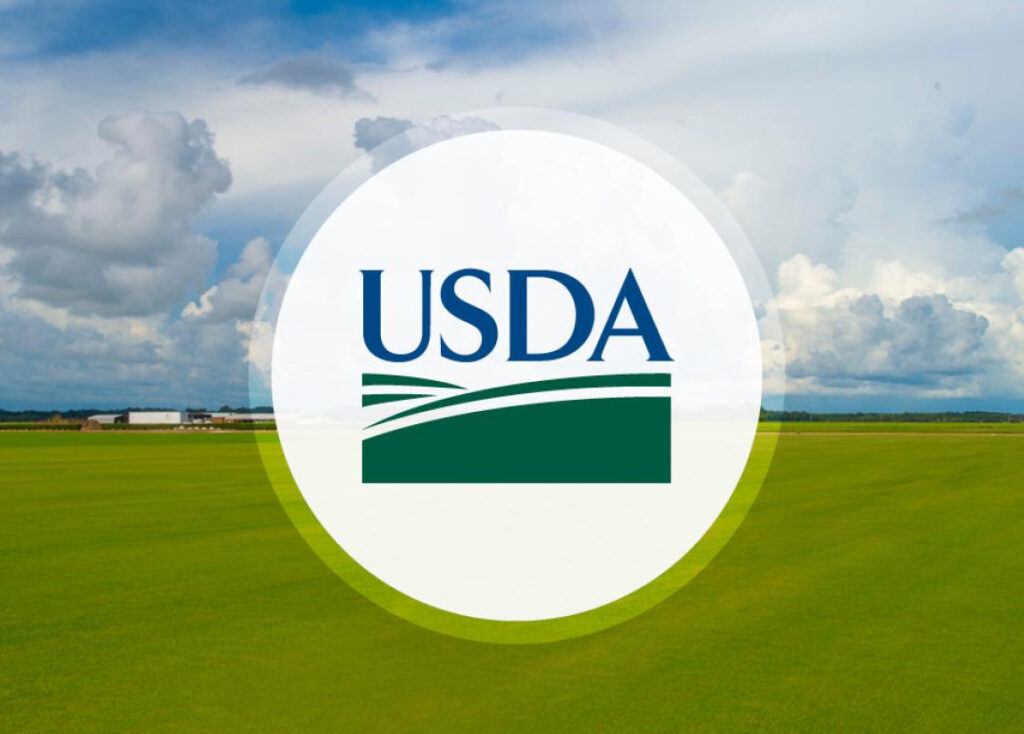U.S. ‘RAPPed’ in Agriculture and Seeds

The fact that the United States has an interest in agricultural trade is well known. However, the extent to which the state machinery is invested in promoting its brand of agriculture across the world is explained by the Administration’s support of the American seed and agribusiness industry. In the words of the Under Secretary for Trade and Foreign Agricultural Affairs Luke J. Lindberg, “President Trump is putting American agriculture first by negotiating fair, reciprocal deals that benefit U.S. producers, farmers, and ranchers.” He said this last week while announcing an aggressive three-point plan along with Secretary of Agriculture Brooke L. Rollins to support American agricultural producers and exporters. This is to address the projected $50 billion agricultural deficit for the fiscal year 2025. However, apart from this three-point plan, it is important to be aware of the architecture of support that the U.S. gives its agricultural exports, particularly to take forward its agenda on seed products.
The United States Department of Agriculture (USDA) has a dedicated diplomatic cadre, the Foreign Agricultural Service (FAS). Apart from its office in Washington D.C., it has over 100 offices covering 180 countries. In India, the FAS has two offices: one in Mumbai with a Senior Agricultural Attache and another at the U.S. Embassy in New Delhi, which comprises an Agricultural Minister – Counsellor, Senior Agricultural Attache, and an Agricultural Attache. The Delhi office also covers Sri Lanka and Nepal. Its basic mission is to represent the interests of U.S. agriculture and assist exporters of American agricultural products in assessing and developing markets in these three South Asian countries. FAS also plays a role in the U.S. Trade Policy, working with the Office of the U.S. Trade Representative.
Under the Biden-Harris Administration, in 2023, the USDA launched the $1.2 billion Regional Agricultural Promotion Program (RAPP) in response to a bipartisan request from the U.S. Senate Committee on Agriculture, Nutrition, and Forestry. Funding comes from the Commodity Credit Corporation, a government-owned financing institution. Reportedly, the first Trump Administration previously used the CCC to dole out trade relief at the height of the U.S. trade war with China. The USDA would consider direct payments to farmers to offset losses from proposed tariffs, modeled after the approach taken in Trump’s first term.
The American Seed Trade Association (ASTA) is one of the oldest trade organisations in the United States, founded in 1883, with approximately 700 members. It received RAPP funding to the tune of U.S.$ 10,00,000 for FY2025. In the words of the President and CEO of ASTA, Andy LaVigne: “(b)y advocating for aligned phytosanitary regulations, intellectual property (IP) approaches that spur innovation, and streamlined policies for plant breeding innovations (PBI) like genome editing, ASTA will continue to build new market opportunities for the seed sector.”
ASTA submitted comments to the USTR on 11 March 2025 highlighting that regulations in foreign markets were the biggest constraints on its global operations. It specifically mentions India, among other countries, where it claims to have encountered trade barriers for its exports. ASTA makes the following demands that ought to be of concern to India:
- Harmonised SPS standards.
- Strict IP enforcement.
- Membership of the UPOV 1991 Convention.
- Relaxation of biodiversity laws.
- Acceptance of agricultural biotechnology.
ASTA is well connected to the Federation of Seed Industry of India (FSII). FSII was launched ten years ago in New Delhi by ten seed majors in the midst of IP and related price wars in India. It includes U.S. transnationals such as Corteva (formed by the merger of Dow and DuPont) and Monsanto. The formation of FSII was a move to break away from Indian seed companies, particularly the National Seed Association of India (NSAI). After several legal battles, the FSII and NSAI reached a Framework of Understanding in July 2021. FSII is an affiliate of the global International Seed Federation (ISF) and the regional Asia and Pacific Seed Association (APSA), the largest regional seed association in the world. Today, FSII is a collective of over 50 seed, biotech, and agrichemical MNCs.
The RAPP funding received by ASTA also supports the activities of these seed associations. For instance, ASTA has provided support for the regional consultation on Plant Variety Protection and Biodiversity held in Tokyo, Japan, from 26 to 28 August 2025 organised by the APSA Standing Committee on IPR and Biodiversity.
Meanwhile, Brooke Rollins was appointed as the Secretary of Agriculture in February 2025. At her appointment, it was announced that she would visit six international markets, including India, in her first six months as Secretary to expand markets and boost American agricultural exports.
Under the Trade Act of 1974, the United States annually prepares a Super 301 Report tracking IP standards and their enforcement in its trading partners. Therein, the United States has repeatedly placed India on a Priority Watch List. The United States’ 2024 National Trade Estimates Report has a long list of issues regarding agricultural trade with India.
Therefore, in the midst of tariffs unilaterally imposed by Trump on India and the proposed U.S.-India bilateral trade agreement, there is a lot for local farmers to brace themselves for. Specifically, one of the key points of contention in the bilateral trade talks includes maize, soybeans, and other agricultural products.
Shalini is an independent law researcher and policy analyst based in New Delhi.
Image courtesy: www.usda.gov
